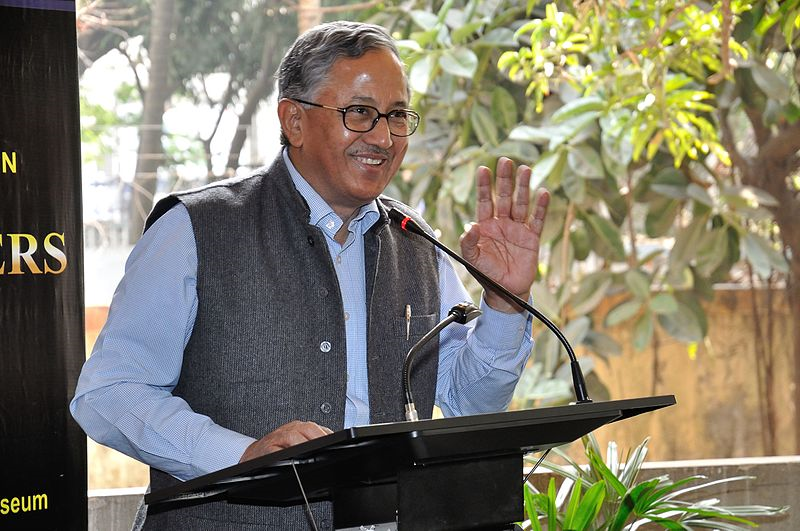Important Guidelines for Conclusions

Avoid lengthy conclusions. A good, effective conclusion should probably not take longer than a minute to a minute and a half. Exceptions to this rule can apply, but use discretion.
- Never include new material. The conclusion recaps the major talking points and reinforces the central idea, so don’t include any additional information in this part of the speech.
- End strong. Many newer speakers experience difficulty crafting strong conclusions, as they often feel excited about the prospect of ending the speech and finally getting out of the spotlight, so they rush it. Others fail to effectively practice the delivery of their closing lines and struggle to find the right tone, usually resulting in the speaker uttering a desperate “Thank you” or “That’s all, folks.” This represents the public speaking equivalent of an acclaimed author placing “The End” at the conclusion of an award-winning novel. This is unnecessary, for if the conclusion has done its job, the audience will automatically know the speech has ended.
Activity
Power Statement: The next time you rehearse your closing statement, consider trying this activity. As you speak your concluding lines, close your eyes and imagine yourself pounding your fist on the podium with each and every word.
As you do so, you will notice that your vocal rate slows down, you dwell a bit longer on each word, and you utter the words with more strength and power. During your speech, don’t actually hit the podium, but do so in your mind, as a means to remind yourself to slow down and add verbal punctuation.

